THE EX-WORKS SEBRING 12 HOUR TEAM CAR 1959 MGA TWIN CAM SPORTS RACING CAR WITH HARDTOP Former UK Registration No. UMO 96 Chassis No. YD2 2575 Engine No. AEH 37RS 14707 Light MG green with twin verticle stripes and black interior Engine: four cylinder, twin overhead cam shafts, 1,588cc, 108bhp at 6,700rpm; Gearbox: four speed close ratio; Suspension: front, lever arm dampers, lower wishbones, coil springs and anti-roll bar, rear, multi-leaf springs and lever arm dampers; Brakes: four wheel disc. Right hand drive. From the late 1940s until the MG factory at Abingdon closed in 1980, it was the huge American demand for British sports cars that brought sufficient orders to keep the production lines in business. While other countries around the world and the home market were important, none was as important as North America. The modern-looking, streamlined MGA was introduced in 1955 and this too proved to be a sales success in MG's most important market. Of a total production of 101,081 MGAs, 81,401 were exported to the USA, some eighty-one per cent of the total market. Owing to the importance of this market, it was not surprising that the British Motor Corporation was keen to support any efforts MG might make to promote their products in America. One route was through record breaking attempts such as the supercharged MG Twin Cam EX181 which Stirling Moss and Phil Hill drove in 1957/9, setting world class records. The other was through sports car racing. Perhaps the most important circuit for MG in the post-war period in the USA, and also a major fixture on the international racing calendar, were the races held on an airfield circuit near Sebring in Florida. These were established in 1950 by former Briggs Cunningham team manager, Alec Ulmann, who decided to mimic the French 24 Hour Le Mans concept by running endurance races for production sports cars. From the first six hour race in 1950, MGs figured well in both overall and class results. From 1951 the race was lengthened to 12 hours and was particularly grueling owing to the bumpy nature of the circuit. In that year an MG special placed fourth overall and TDs won the team prize. By 1956 the MGA had arrived and three north American MG importers entered standard cars with aero-screens and straight-through exhaust systems, finishing a credible fourth, fifth and sixth in class. The following year they were more successful, taking the team prize and gaining first and second in class. In 1958 the higher performance Twin Cam had been announced, but there were no officially-supported MG entries that year. In 1959 the competition department at Abingdon became serious and prepared three Twin Cam coupes to race and shipped over a mass of spare parts and a fourth practice car. Entered through the MG concessionaires, The Hambro Corporation, all three cars finished in a very wet race including a second and third place result in the 1,300cc to 1,600cc class. In 1960 Abingdon once again prepared the factory team, this year with many more modifications. The three race entries were registered UMO 96, 93 and 95. This particular car, UMO 96, was driven by Canadians Fred Hayes and Ed Leavens and it was identifed by its twin white stripes. In a race where the MGAs were hampered by brake pipe fractures, UMO 96 finished a credible third in the 1600cc GT class and 24th overall at an average speed of 68.5mph. UMO 93 also managed to finish fourth in class while the other car withdrew early due to valve gear problems. It is interesting to note that in 1960 an MGA Twin Cam, with an engine bored out to 1,762cc, won the 2000cc class and finished 12th overall at an average speed of 91mph at the Le Mans 24 Hour race. As the most successful team car at Sebring in 1960, it is also interesting that this Abingdon prepared car started life as a standard roadster. In total only seven Twin Cams were factory race prepared and coincidentally this car represented the last appearance by a 'Works' Twin Cam in any motorsport
THE EX-WORKS SEBRING 12 HOUR TEAM CAR 1959 MGA TWIN CAM SPORTS RACING CAR WITH HARDTOP Former UK Registration No. UMO 96 Chassis No. YD2 2575 Engine No. AEH 37RS 14707 Light MG green with twin verticle stripes and black interior Engine: four cylinder, twin overhead cam shafts, 1,588cc, 108bhp at 6,700rpm; Gearbox: four speed close ratio; Suspension: front, lever arm dampers, lower wishbones, coil springs and anti-roll bar, rear, multi-leaf springs and lever arm dampers; Brakes: four wheel disc. Right hand drive. From the late 1940s until the MG factory at Abingdon closed in 1980, it was the huge American demand for British sports cars that brought sufficient orders to keep the production lines in business. While other countries around the world and the home market were important, none was as important as North America. The modern-looking, streamlined MGA was introduced in 1955 and this too proved to be a sales success in MG's most important market. Of a total production of 101,081 MGAs, 81,401 were exported to the USA, some eighty-one per cent of the total market. Owing to the importance of this market, it was not surprising that the British Motor Corporation was keen to support any efforts MG might make to promote their products in America. One route was through record breaking attempts such as the supercharged MG Twin Cam EX181 which Stirling Moss and Phil Hill drove in 1957/9, setting world class records. The other was through sports car racing. Perhaps the most important circuit for MG in the post-war period in the USA, and also a major fixture on the international racing calendar, were the races held on an airfield circuit near Sebring in Florida. These were established in 1950 by former Briggs Cunningham team manager, Alec Ulmann, who decided to mimic the French 24 Hour Le Mans concept by running endurance races for production sports cars. From the first six hour race in 1950, MGs figured well in both overall and class results. From 1951 the race was lengthened to 12 hours and was particularly grueling owing to the bumpy nature of the circuit. In that year an MG special placed fourth overall and TDs won the team prize. By 1956 the MGA had arrived and three north American MG importers entered standard cars with aero-screens and straight-through exhaust systems, finishing a credible fourth, fifth and sixth in class. The following year they were more successful, taking the team prize and gaining first and second in class. In 1958 the higher performance Twin Cam had been announced, but there were no officially-supported MG entries that year. In 1959 the competition department at Abingdon became serious and prepared three Twin Cam coupes to race and shipped over a mass of spare parts and a fourth practice car. Entered through the MG concessionaires, The Hambro Corporation, all three cars finished in a very wet race including a second and third place result in the 1,300cc to 1,600cc class. In 1960 Abingdon once again prepared the factory team, this year with many more modifications. The three race entries were registered UMO 96, 93 and 95. This particular car, UMO 96, was driven by Canadians Fred Hayes and Ed Leavens and it was identifed by its twin white stripes. In a race where the MGAs were hampered by brake pipe fractures, UMO 96 finished a credible third in the 1600cc GT class and 24th overall at an average speed of 68.5mph. UMO 93 also managed to finish fourth in class while the other car withdrew early due to valve gear problems. It is interesting to note that in 1960 an MGA Twin Cam, with an engine bored out to 1,762cc, won the 2000cc class and finished 12th overall at an average speed of 91mph at the Le Mans 24 Hour race. As the most successful team car at Sebring in 1960, it is also interesting that this Abingdon prepared car started life as a standard roadster. In total only seven Twin Cams were factory race prepared and coincidentally this car represented the last appearance by a 'Works' Twin Cam in any motorsport
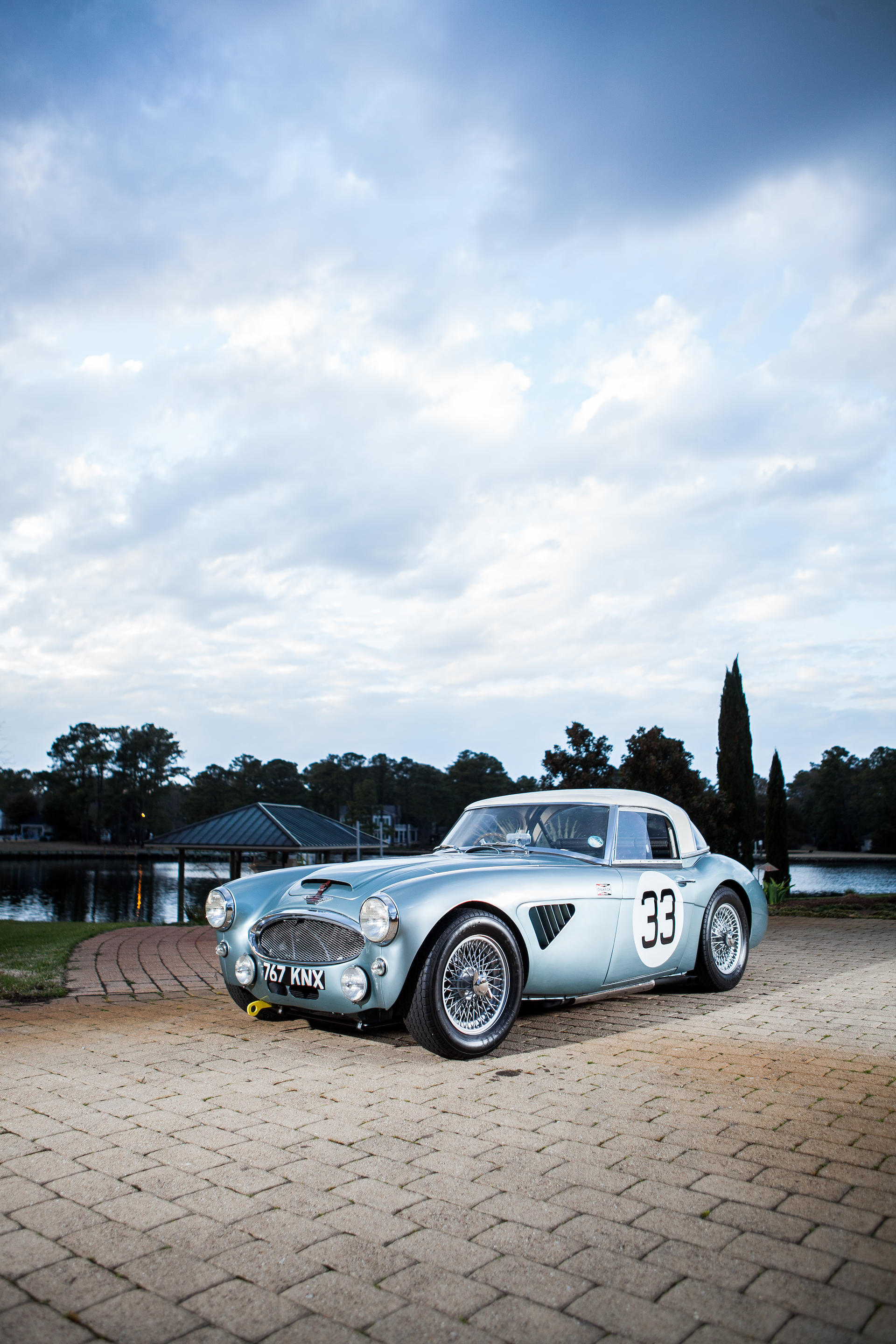
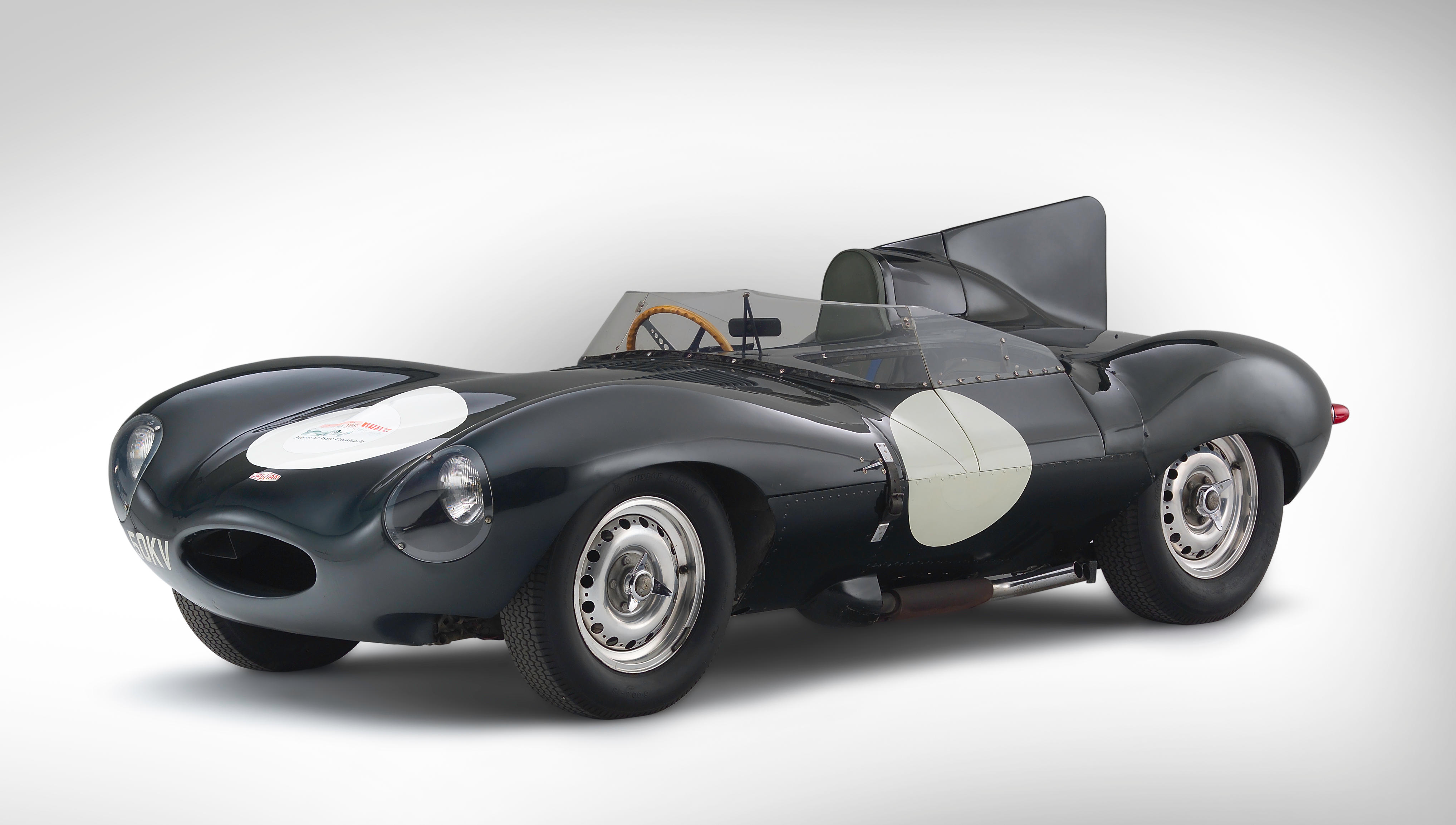

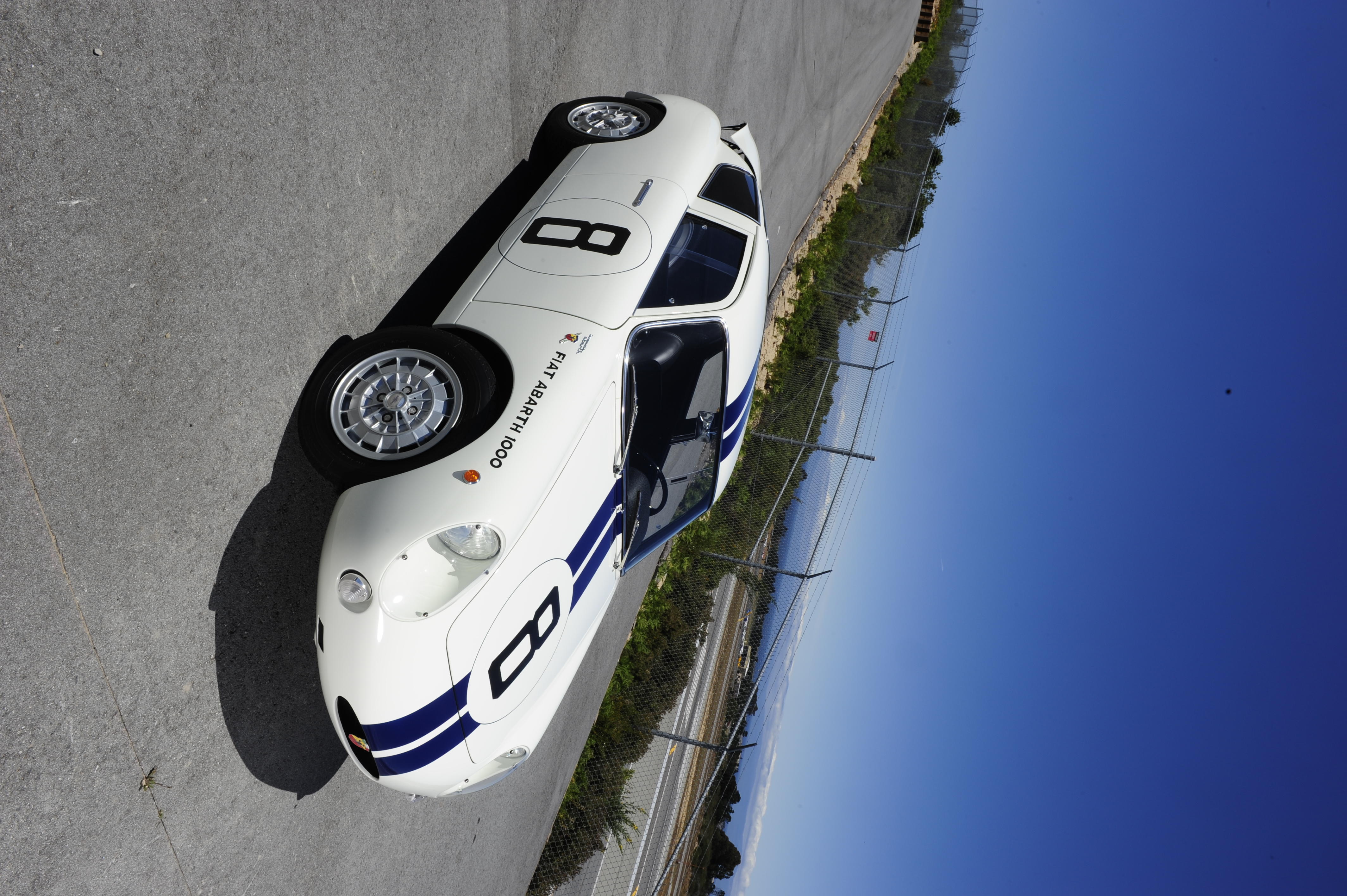



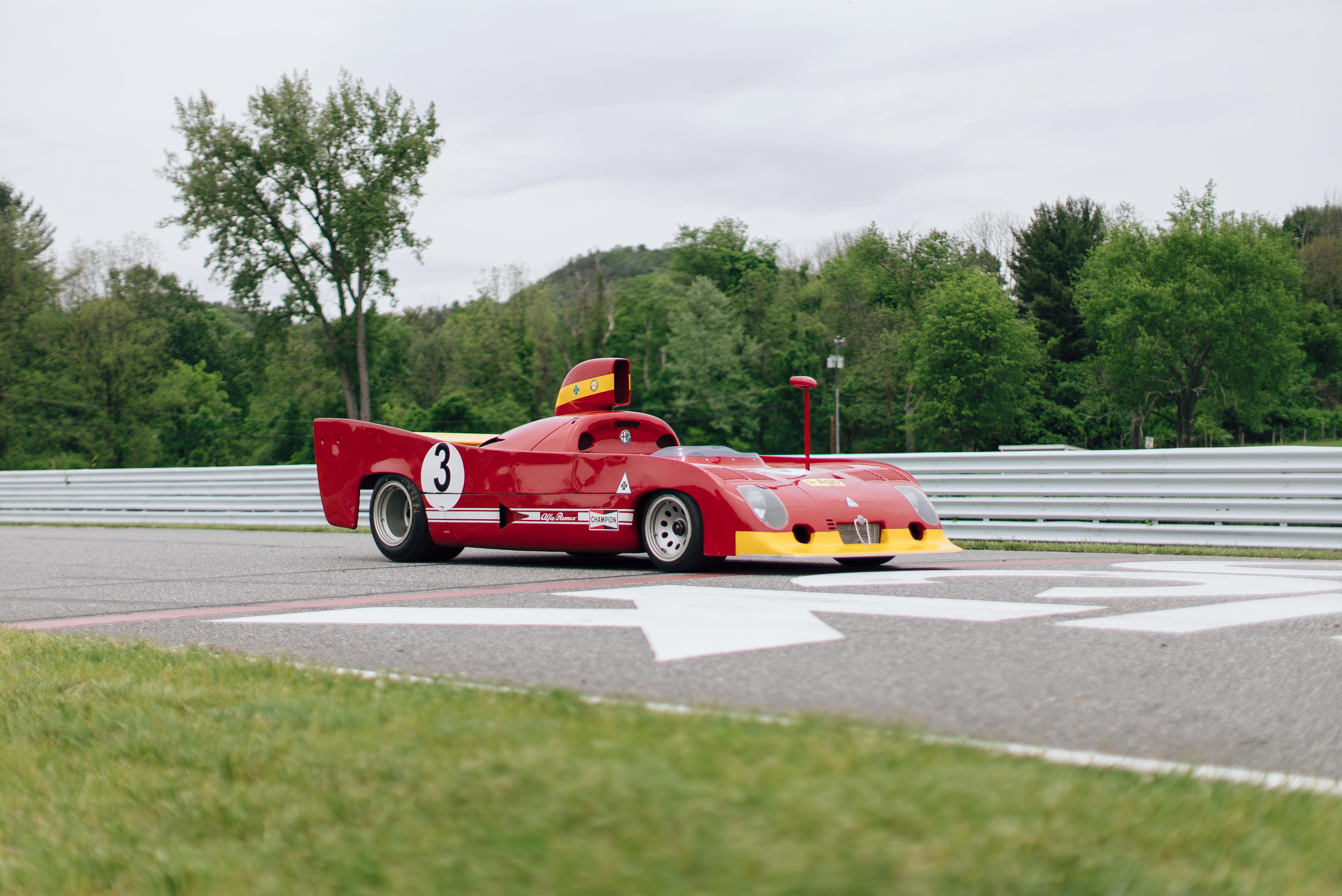
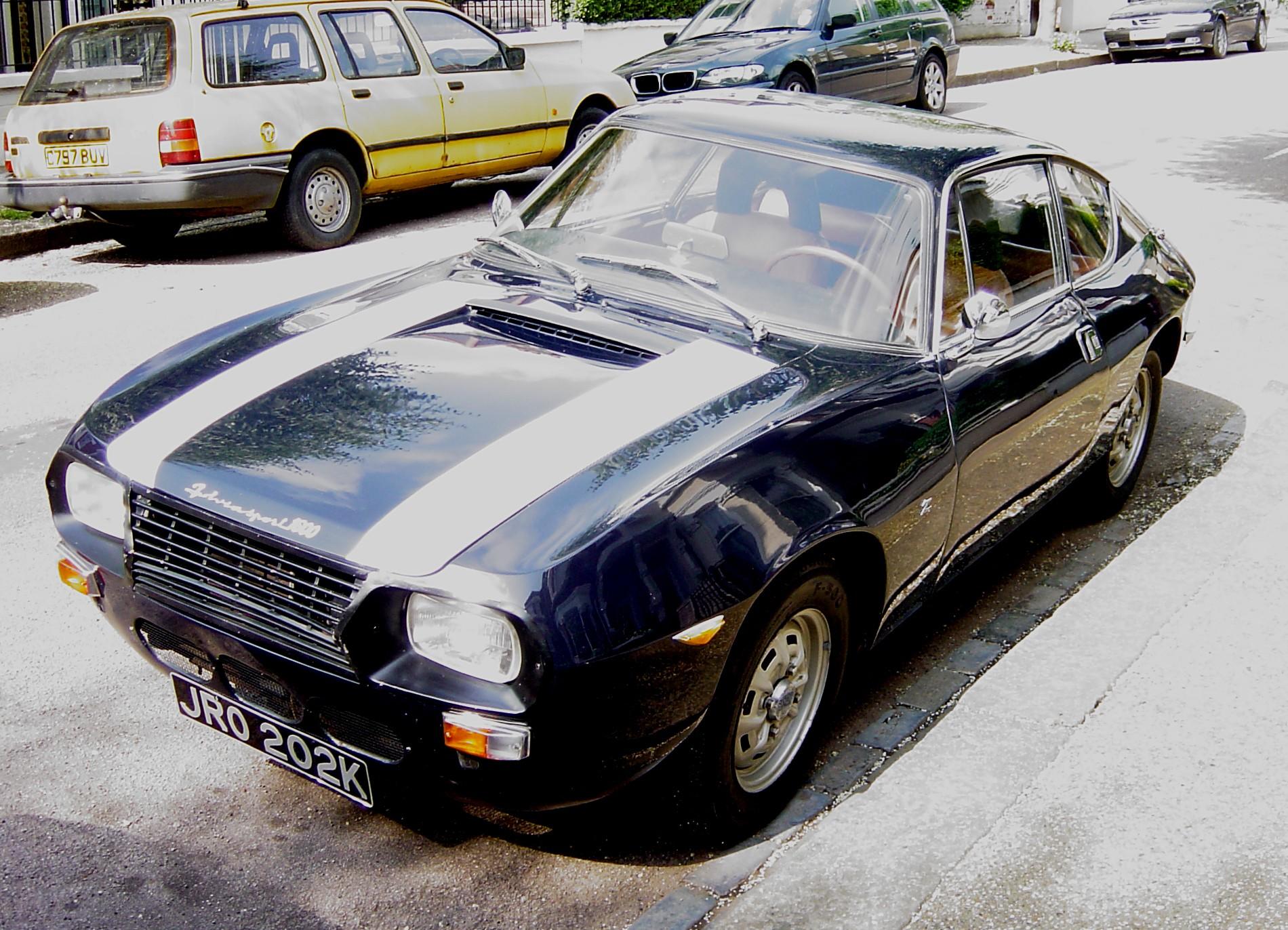
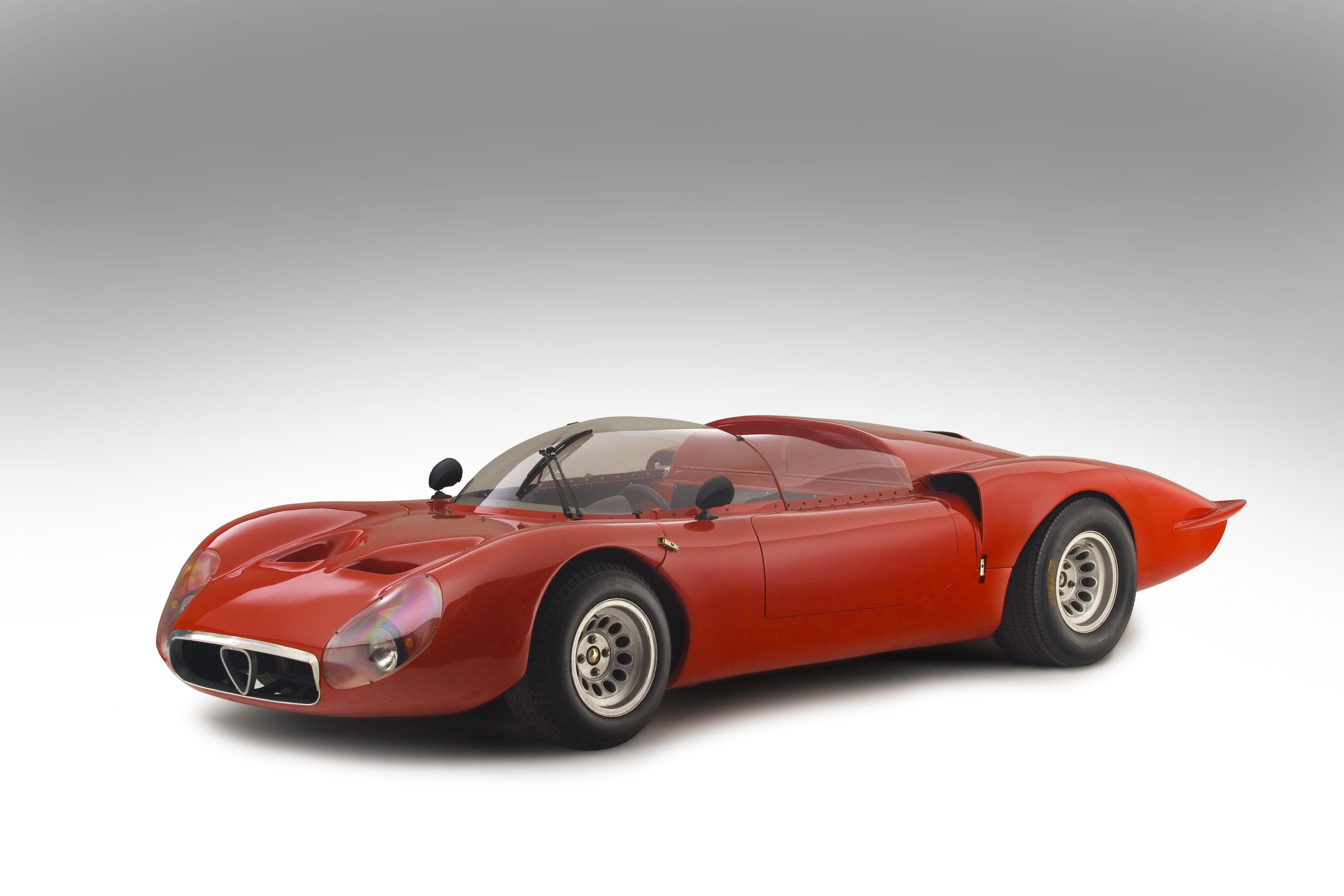
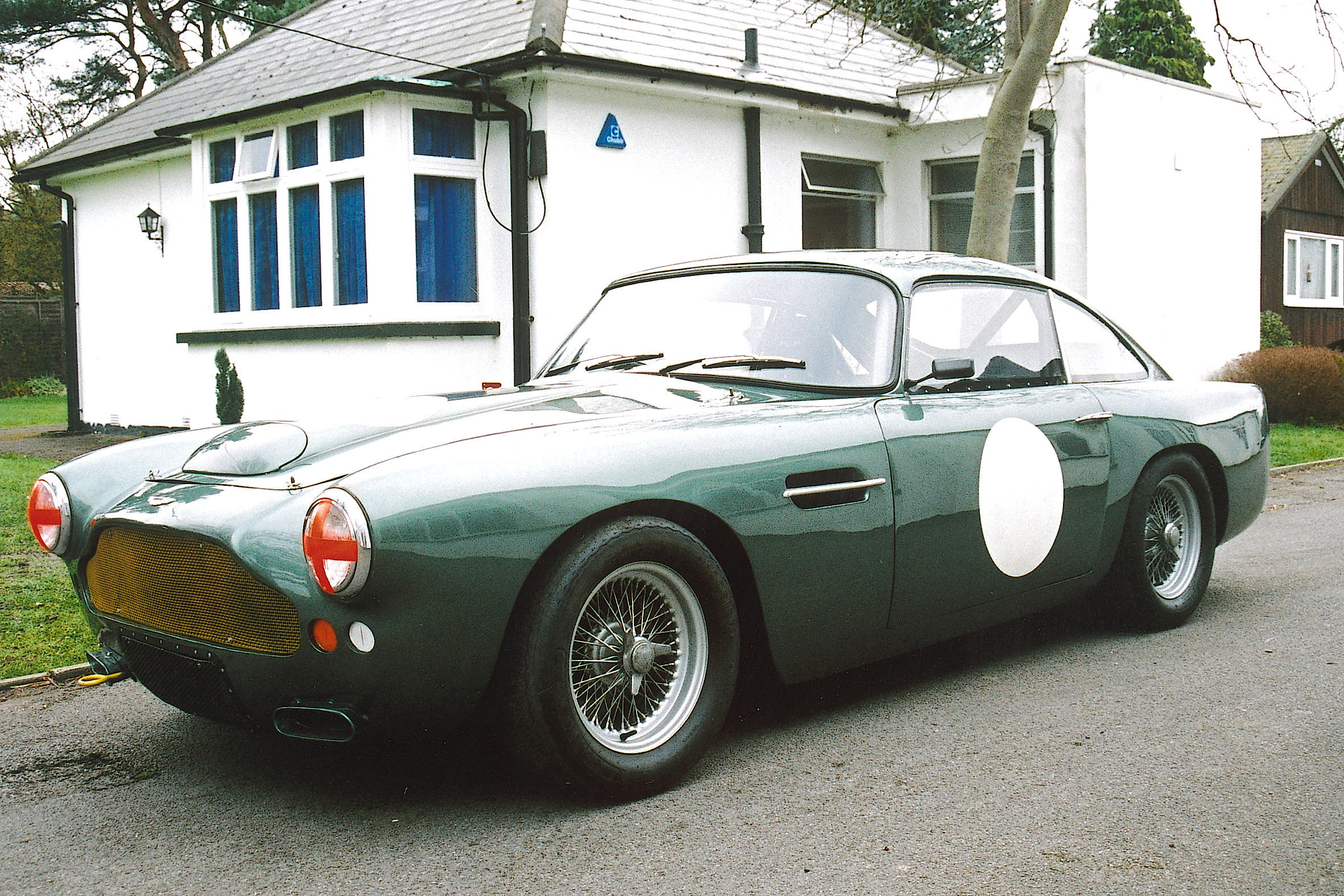
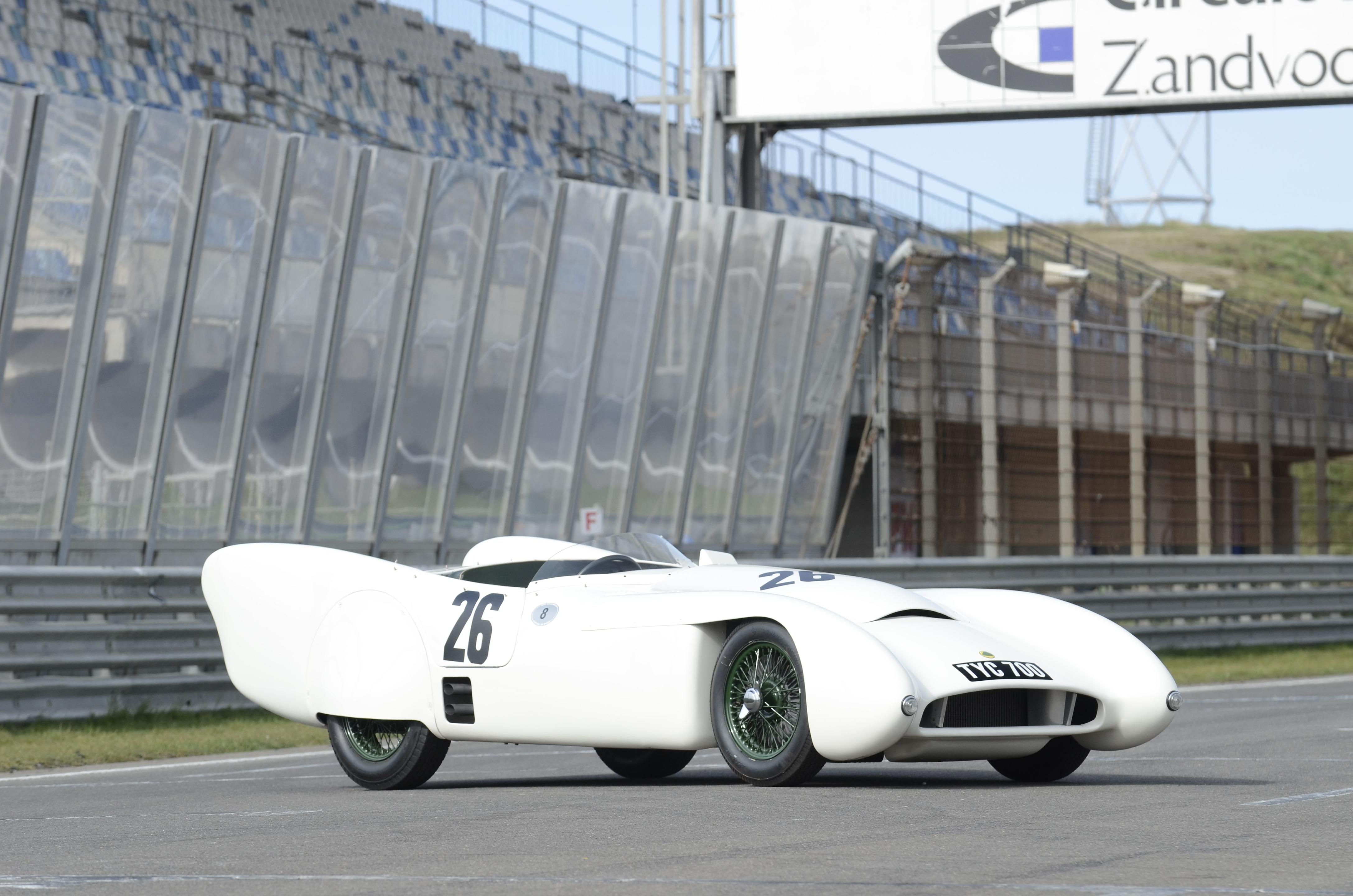


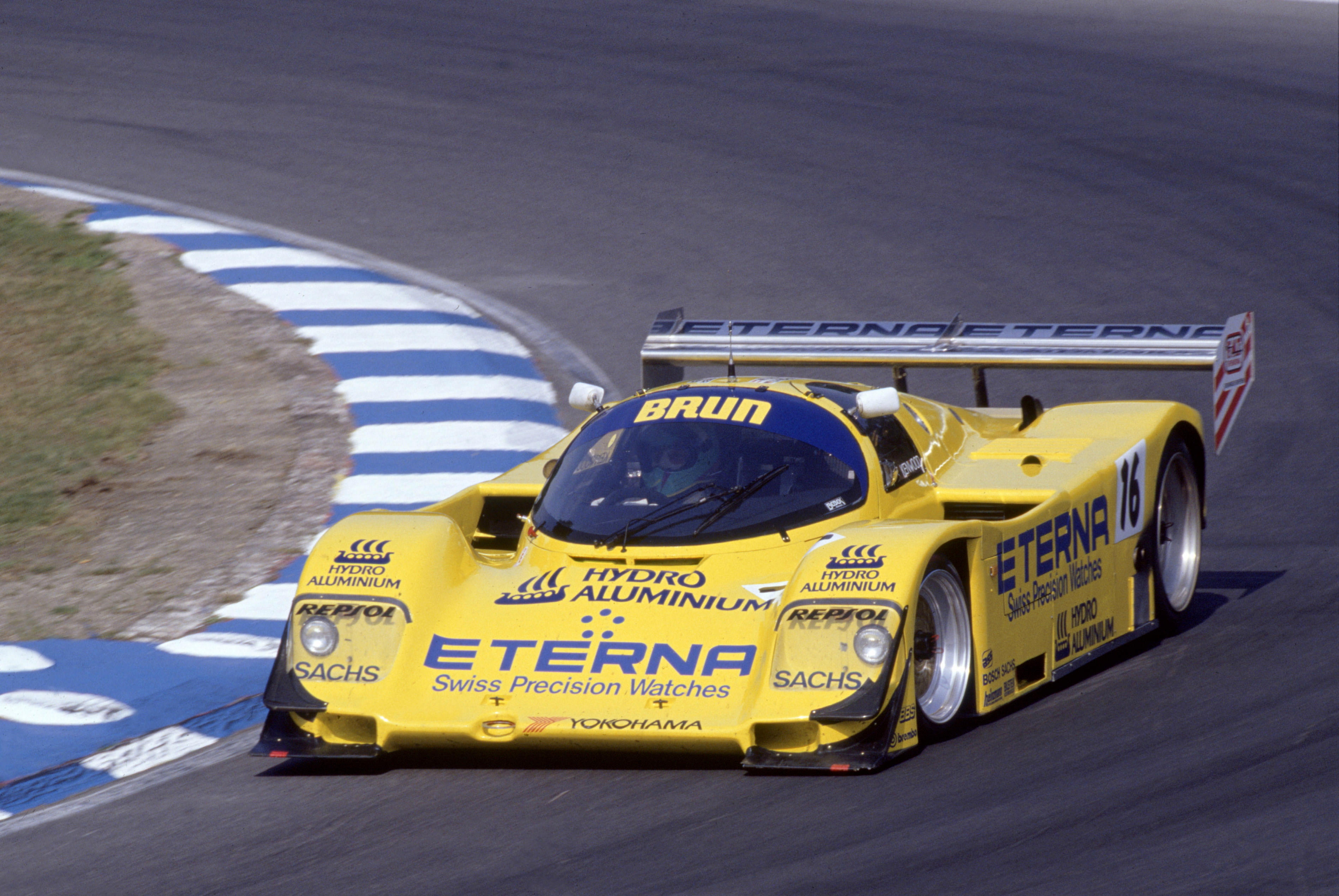
Testen Sie LotSearch und seine Premium-Features 7 Tage - ohne Kosten!
Lassen Sie sich automatisch über neue Objekte in kommenden Auktionen benachrichtigen.
Suchauftrag anlegen